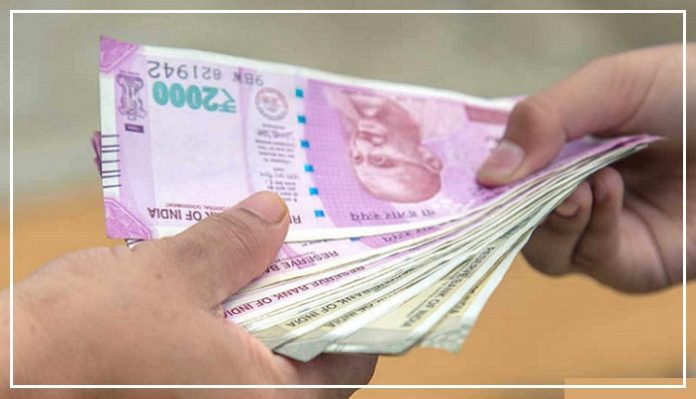The Reserve Bank of India (RBI) has decided to begin the process of withdrawing 2,000-rupee notes from circulation due to its “clean note policy.” However, the 2,000-rupee note will still be considered valid currency.
Individuals will have the option to deposit their 2,000-rupee notes at the bank or exchange them for smaller denomination notes,
up to a maximum of 20,000 rupees at a time, as stated in an official announcement.
Here are some important points regarding the withdrawal and exchange of the 2,000-rupee notes:
1) Last date for exchanging or depositing 2,000-rupee notes:
According to the RBI statement,
people can deposit or exchange their 2,000-rupee notes between May 23 and September 30.
2) Limit for exchanging or depositing 2,000-rupee notes:
Individuals will be able to exchange or deposit 2,000-rupee notes up to a maximum of 20,000 rupees (equivalent to ten notes of 2,000 rupees each) at a time,
as mentioned in the statement.
3) Introduction of the 2,000-rupee banknote:
The 2,000-rupee note was introduced in November 2016, following the government’s decision to demonetize 500-rupee and 1,000-rupee notes.
4) Purpose of issuing the 2,000-rupee note:
The issuance of the 2,000-rupee note aimed to fulfill the currency requirements of the Indian economy
after the sudden withdrawal of 500-rupee and 1,000-rupee notes during the demonetization initiative.
5) Achievement of the intended purpose:
Yes, the objective of introducing the 2,000-rupee note was accomplished once an adequate supply of notes in other denominations circulated in sufficient quantities.
6) Printing status of the 2,000-rupee notes:
No, the printing of 2,000-rupee notes was discontinued in the fiscal year 2018-19.
7) Previous instances of note withdrawal:
The RBI previously undertook a similar withdrawal of notes in 2013-2014.
8) Procedure for depositing 2,000-rupee notes:
As per the RBI, individuals can deposit their 2,000-rupee notes on the specified dates through the usual process, following existing instructions and applicable statutory provisions.
9) Limit on note exchange:
The RBI has set a limit of exchanging 2,000-rupee notes for smaller denomination notes at the bank, allowing up to 10 notes (equivalent to 20,000 rupees in value) at a time. This limitation is intended to ensure smooth operations and prevent disruption of regular activities at bank branches.
10) Key features of the 2,000-rupee note
The 2,000-rupee note measures 66 millimeters by 166 millimeters and has a magenta color. It features an image of Mahatma Gandhi and the Ashoka Pillar emblem on the front, and a motif of the Mangalyaan spacecraft and the logo of Swachh Bharat Abhiyan (Clean India Mission) on the reverse side.
